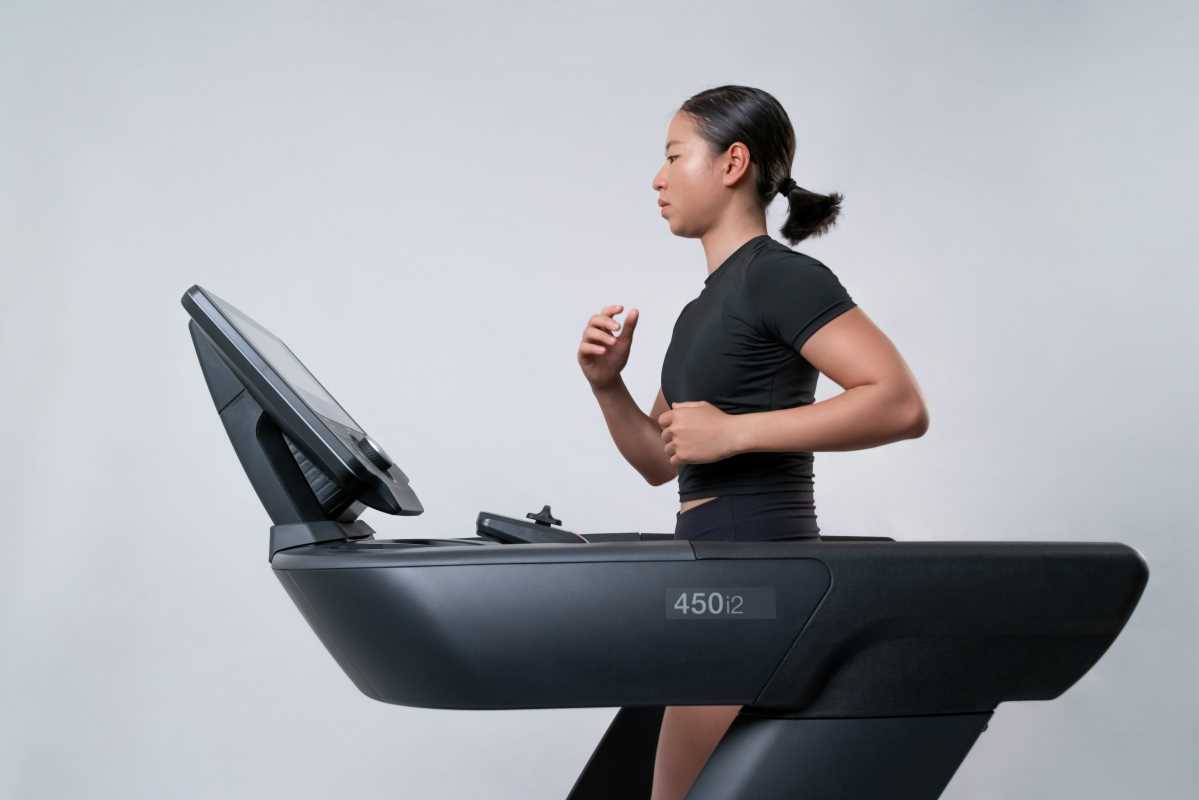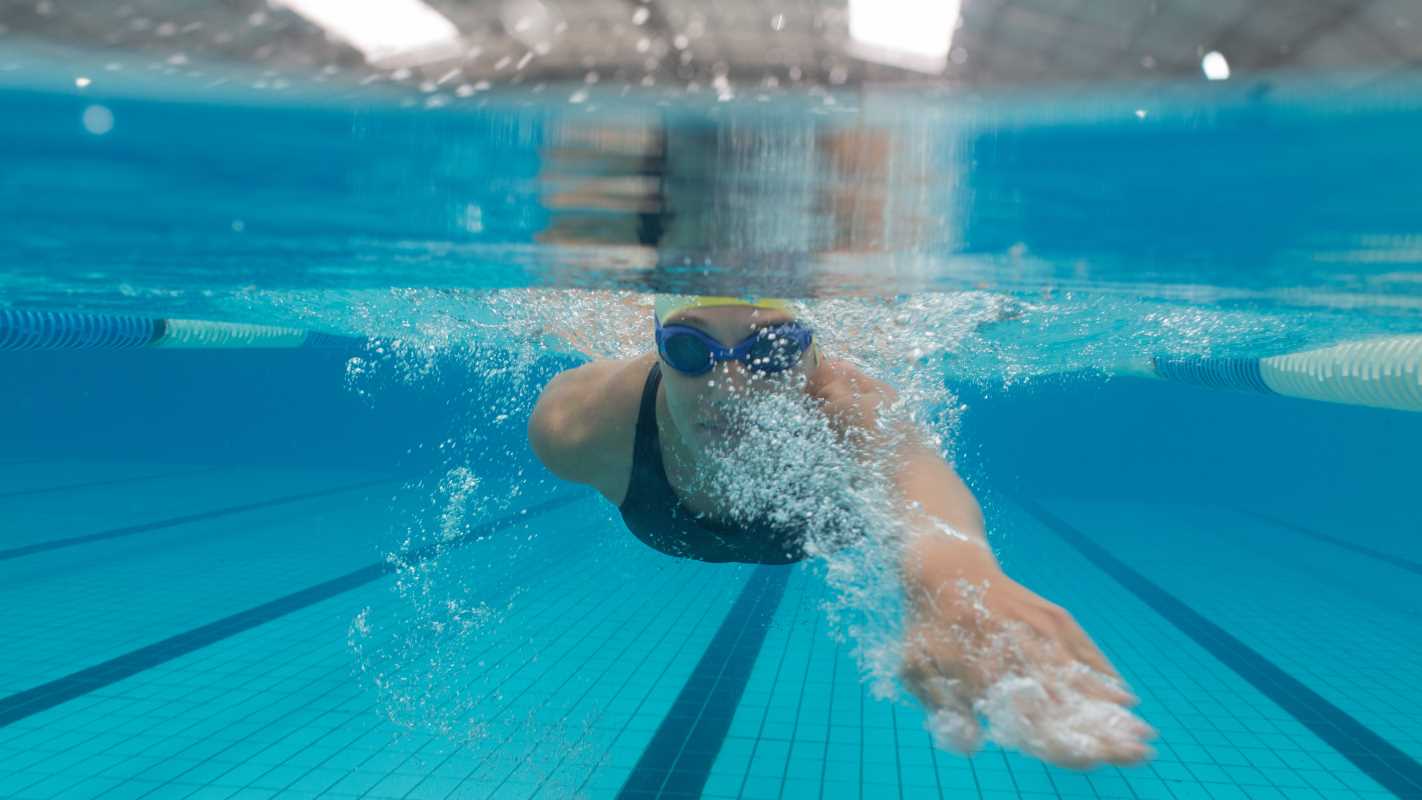Strong mental focus often makes the difference between average results and truly outstanding achievements. By channeling your thoughts and tapping into your imagination, you can unlock higher levels of performance that impact not only your actions during the game but also your confidence beyond it. This overview delves into practical visualization methods designed to help you train your mind with purpose and clarity. You will discover simple, effective ways to incorporate these techniques into your daily routine, turning each practice and competition into an opportunity for growth. With consistent use, mental exercises can transform preparation into a powerful advantage, making your efforts purposeful and rewarding.
Training your mind to see success before you achieve it allows you to tap into a well of energy, perspective, and precision. You will learn how simple changes in your daily routine can transform your training and competitive edge. By incorporating visualization into your routine, you can see challenges as opportunities, and strategies become a part of your active play. Let's dive into the science and techniques that can help you harness the full potential of your mind.
The Science Behind Visualization
Research shows that our brain often reacts to imagined scenarios in a way that is similar to real experiences. Studies in sports psychology have found that mental rehearsal can strengthen neural pathways, which can lead to improved performance. By visualizing precise moves, reflexes and strategies, you can essentially prime your body to execute them on demand.
Here are some key points that outline the benefits of using visualization in sports:
- Activate brain regions similar to those used during real performance.
- Enhance focus and concentration during practice and competition.
- Build self-confidence by creating a mental blueprint for success.
- Reduce performance anxiety by familiarizing yourself with pressure scenarios.
- Improve muscle memory and coordination through repetitive mental practice.
Each of these benefits can contribute significantly to how you approach training and competitive settings, helping you overcome challenges with a clear and focused mind.
Innovative Visualization Techniques to Try
Trying new techniques can refresh your routine and elevate your game. Consider experimenting with these unique methods to improve your mental edge:
- Dynamic Scenario Modeling – Create vivid scenes of various competitive environments and imagine your responses in each situation.
- 360-Degree Perspective Training – Envision the complete field or arena from multiple angles to refine your spatial awareness.
- Time-Lapse Imaging – Visualize your performance in slow motion, breaking down every movement for sharper control and timing.
- Interactive Storyboarding – Develop a mental storyboard for your performance that includes challenges and overcoming setbacks.
- Sensory Integration Sessions – Focus on incorporating all your senses; imagine the sounds of the crowd, feel the texture of the ball, and see the vibrant colors of the playing field.
Each method encourages you to think about performance in a new way, fostering a habit of creative problem-solving that goes beyond physical training.
Try these techniques during your warm-up or cool-down sessions to see which one fits your personal style best. Changing your approach regularly helps you grow, build resilience, and stay mentally sharp in every game scenario.
Step-by-Step Guide: Building a Visualization Routine
Creating a solid visualization routine does not happen overnight—you must follow a few simple steps to see real results. Find a quiet moment free of external distractions. Dedicate 10 to 15 minutes daily solely to this practice. Make this time a sanctuary where you focus on your performance details and personal goals.
Step 1: Sit comfortably, close your eyes, and take deep, steady breaths. With each exhale, clear your mind of interruptions. Step 2: Picture a specific scenario from your sport, focusing on the environment, the sensations in your body, and the emotions you experience when you succeed. Step 3: As you build this image, notice any small details that make the scene feel real. Step 4: Practice this routine consistently, adjusting your visualizations as your confidence grows.
Step 5: End the session by mentally rehearsing a positive outcome. Set a mental affirmation and anchor this feeling in your body to carry it through your day. Following these steps can train your brain to naturally rise to the challenge during any competitive situation you face.
Common Pitfalls and How to Overcome Them
Even with a clear plan, you might encounter some common issues that reduce the effectiveness of your visualization routine. Recognizing these pitfalls early is essential to prevent them from slowing your progress:
- Overcomplicating your mental images – Focus on simple, clear scenarios instead of complex, overwhelming details.
- Being inconsistent with practice – Without daily repetition, you will find it harder to build a strong mental habit. Stick to a routine.
- Losing concentration mid-session – If distractions occur, gently guide your attention back to your visualization.
- Focusing only on ideal outcomes – Don’t ignore potential obstacles; including challenges in your visualization can sharpen your problem-solving skills.
- Neglecting post-session reflection – Spend a minute reviewing your session to find areas for improvement.
Avoiding these pitfalls helps you improve your visualization process into a reliable tool that complements your physical training perfectly.
Staying mindful of the most common challenges allows you to adapt your approach, ensuring you get the maximum benefits from each session. Consistency and clear focus always pay off, whether on the training ground or during peak performance moments.
Staying Ahead: Tracking Your Progress
Seeing progress in your training requires more than just effort—it also involves tracking your mental and physical improvements over time. Keep a log of your visualization sessions, noting any progress in focus, confidence, and overall performance. Record the details of each session, including any challenges you faced and the outcomes you envisioned.
You might use tools like a physical journal or a digital application to monitor your progress. Many athletes today choose apps that track performance metrics, making it easier to compare your mental practice with real-life data. By reviewing your log regularly, you can make small adjustments that add up over time. These tweaks improve your visualization practice and refine your overall approach to training and competition.
Your growing record will serve as a reminder of how far you have come, and motivate you to set more ambitious goals. Recording your journey creates a feedback loop that keeps you motivated to improve and stay ahead.
Visualization works best when you actively focus on your development. It takes dedication and persistence, but the benefits on the field are undeniable.
The power of an active mind in sports performance is clear. Building and maintaining a routine filled with innovative visualization techniques can lead to noticeable improvements in every part of competition. Keep practicing, stay consistent, and watch your concentration and performance improve.
Apply these insights daily to navigate challenges with clarity and confidence. Let them guide your path to success.
 (Image via
(Image via





